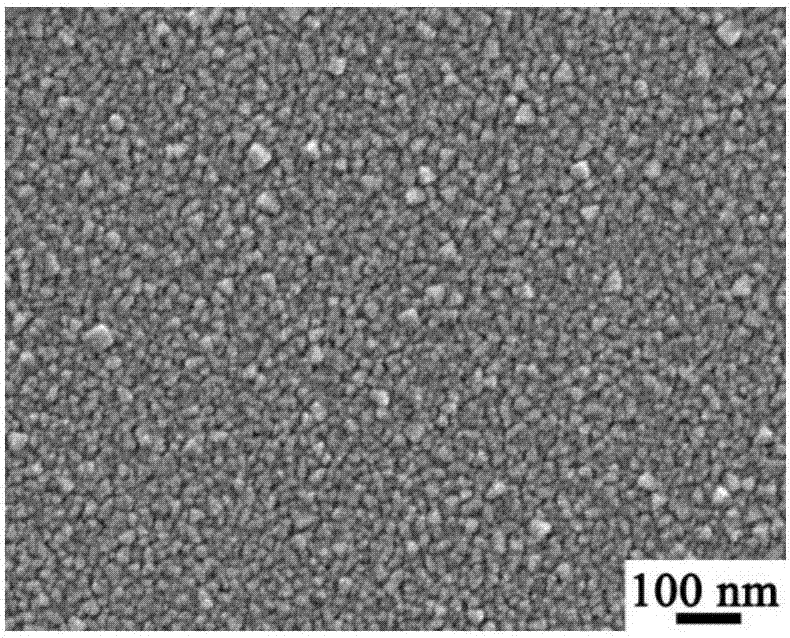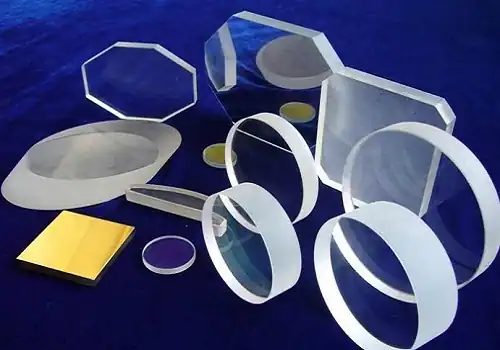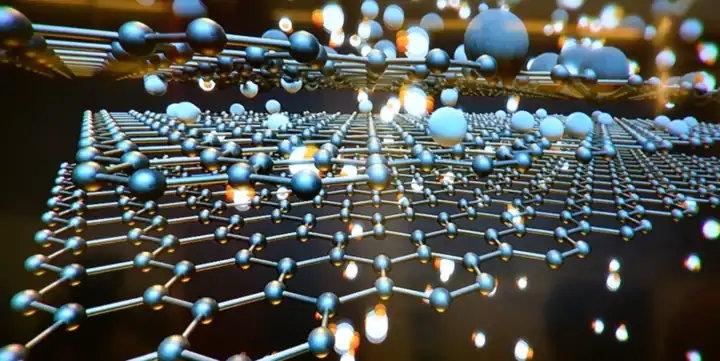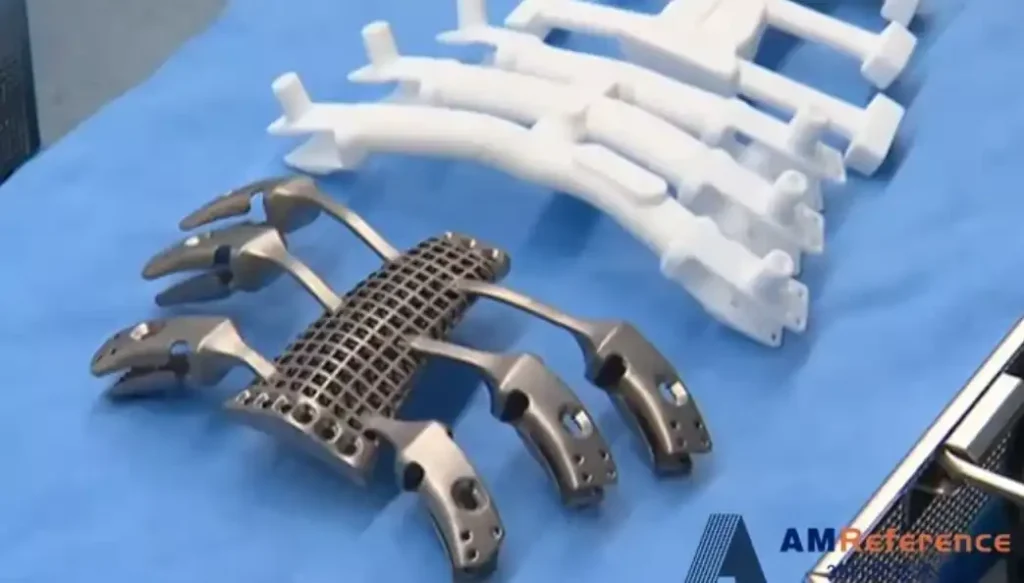Preparation of Magnesium Oxide Thin Films

Physical vapor deposition (PVD)
Sputter Deposition: A plasma bombardment is applied to a magnesium oxide target material to sputter and deposit magnesium oxide ions onto a substrate.
Evaporation Deposition: Heating the MgO material causes MgO atoms to evaporate and be deposited onto the substrate.
Molecular Beam Epitaxy (MBE): Heating pure magnesium and an oxygen source under ultra-high vacuum to deposit magnesium and oxygen atoms, respectively, to form high-quality magnesium oxide thin films on the substrate.
Chemical Vapor Deposition (CVD)
Metal Organic Chemical Vapor Deposition (MOCVD): Deposition of magnesium oxide on a substrate by a chemical reaction using a magnesium oxide precursor (e.g. hexamethyldiisopropoxy магния).
Reactive Sputter Deposition (RSP): combines sputter deposition and CVD techniques by introducing oxygen or water vapor while sputtering magnesium oxide ions.
Solution Methods
Sol-Gel: A sol-gel solution is formed using a magnesium salt precursor and an oxidizing agent, which is then spin-coated onto a substrate to form a thin film of magnesium oxide by sol-gel conversion.
Hydrothermal method: Magnesium salts and oxidizing agents are dissolved in water or organic solvents and reacted at high temperatures and pressures in closed containers to form magnesium oxide thin films with specific morphology and crystal structure.
Applications
Magnesium oxide films have excellent optical, electrical and mechanical properties and are used in a wide range of fields:
Optical applications:

Anti-reflective coatings
Optical windows and lenses
Optical sensors and detectors
Electrical applications:

Dielectric layers (capacitors, transistors)
Transparent conducting oxides (displays, solar cells)
Field Effect Transistor Devices
Mechanical applications:

Oxide buffer layers (optical waveguides)
Hard coatings (friction and wear reduction)
Nanomaterial enhancers
Other Applications:

Catalyst carriers
Biosensors
Biomedical implants
Magnetic films (ferrite)
